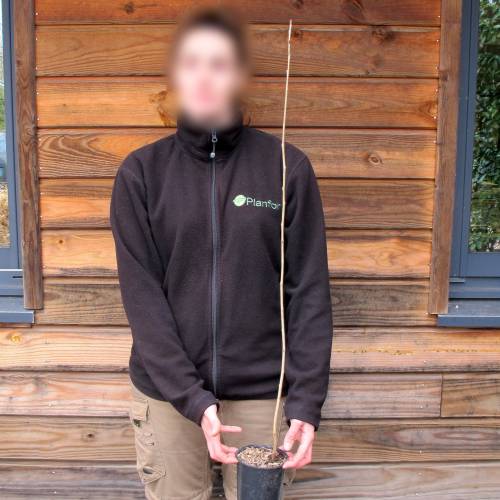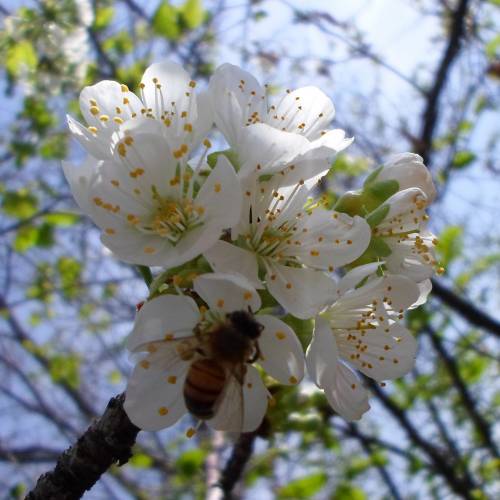
Plants
Cherry, wild / Prunus avium
-
72.28 € Wild Cherry - Prunus avium
1108X - Available
-
67.08 € Wild Cherry - Prunus avium
1108Y - Available
-
61.88 € Wild Cherry - Prunus avium
1108Z - Available
-
56.68 € Wild Cherry - Prunus avium
1108z - Available
-
14.04 € Wild Cherry - Prunus avium
1108P - Available
-
13.47 € Wild Cherry - Prunus avium
1108W - Available
-
12.43 € Wild Cherry - Prunus avium
1108Q - Available
-
11.39 € Wild Cherry - Prunus avium
1108q - Available
-
5.72 € Wild Cherry - Prunus avium
1108JB - Available
-
5.15 € Wild Cherry - Prunus avium
1108JC - Available
-
4.11 € Wild Cherry - Prunus avium
1108JD - Available
-
3.96 € Special Offer - 25%
1108JX - Available
-
3.59 € Wild Cherry - Prunus avium
1108B - Available
-
3.07 € Wild Cherry - Prunus avium
1108c - Available
-
2.55 € Wild Cherry - Prunus avium
1108c1 - Available
-
2.24 € Wild Cherry - Prunus avium
1108c2 - Available
-
0.00 € Wild Cherry - Prunus avium
1108L - Request for quotation
-
Area of origin: Europe, Asia, North America.
Adult Dimensions: Height up to 25 m (82'), width up to 15 m (49,2').
Foliage: Deciduous.
Soil Type: Rich, deep, well drained and fresh.
Hardiness: All. Hardy to - 32°C.
Exposure: Full sun.
Properties and uses:
Very pretty white flowers in April and May before the leaves. The little cherries that it produces begin red and become black when mature. They are used in distilleries in the production of Kirsch. This is the species from which was developed all the fruiting species. This beautiful tree can be planted alone in a park or garden in rows or within a mixed country hedge. The red wood is much sought after in furniture making.
Plant them now: the shortest way to your plate is through your garden!
Plant, or reforest Wild Cherry, Prunus avium – Foresters Guide
1) The Wild Cherry (Robinia pseudo-acacia) is it suitable for my land? The Wild Cherry grows in various grounds, but it thrives in deep silty soils with a good water holding capacity. But it doesn’t like grounds where the hydromorphy appears less than 40 cm from the surface. Its growth is highly reduced on rendzina and in less deep, brown chalky soils. The Wild Cherry is not very sensitive to cold, but early frost can damage the blooming. This genus needs light and develops well when in a forest.
2) Which planting density for my Wild Cherry plot? (Prunus avium)
The planting density is the number of plants planted in one hectare (acre). Here it means determining the initial number of young plants and to choosing their repartition in the available space.
The planting density is defined by the gaps in between the lines as well as the spacing in between each plant on a same line.
It is the basics of the silvicultural path which must lead to a final trees’ population of quality and to the fulfilment of the land’s owner set goals.
Advice: When choosing the density, think about the width of the tool which will allow the maintenance of the gaps in between the lines. The space in between the lines must allow clear passage for a tractor-drawn, maintenance tool.
For the Wild Cherry (Prunus Avium):
- The Wild Cherry can be planted with other varieties, some tens plants/hectare or so.
- As the main essence, the density has to be low, such as 250 – 400 plants/hectare.
3) How to prepare the soil to plant Wild Cherry (Prunus avium)?
In Silviculture, working the soil is a key element in the success of planting. The root system of the tree must take rapidly where planted. Whether the work is done mechanically or manually, we recommend working the soil in its depth for optimum planting.
4) How to plant the Wild Cherry (Prunus avium)?
a- Receipt, storage and preparation of the plants before planting
- Upon receipt, place the crates side by side, on a flat surface so as there is no air circulation underneath. Choose a shady spot protected from wind;
- Maintain a good humidity level of the plants on the crates placed on the edges,
- Plan for the possibility of watering if planting is delayed or if the plants require water,
- In case of frost, do not handle the plants and if frost is forecasted for several days, place mulch on the edges.
b- Planting
Our team of professional planters use a planting cane to place the earth-balled plants in situ. This ergonomic, light tool allows quality, quicker planting work. It is also possible to carry out a traditional planting work using a pickaxe or a spade
In all case, you must:
- Dig a hole a little bit larger than the earth-ball ;
- Position it well in the hole;
- Cover it entirely;
Finally, the worker will tamp down the soil carefully with its foot. It is forbidden to press strongly or again to heel-butt the plant to avoid crushing the earth-ball and damage the root system of the plant.
Video on planting using a planting cane
Buy Planting cane
5) How to limit weeds on my Wild Cherry plot (Prunus avium) ?
During the first years, it is essential to eliminate all self-propagating plants. Not controlled they are going to be in competition with your plants and are going to deprive the young trees of the vital elements they require to grow (water, light and nutritional elements). You must therefore eliminate mechanically this unwanted competition until the trees are big enough to be able to dominate it.
Two types of operations are possible after planting:
Manual clearing around the plants
It is in fact acts often carried out using portable thermic Strimmers or billhooks to clear plants on a line or around the plants themselves.
Mechanical clearing of the space in between the lines
These actions are done using cutters and flail mowers, horizontal or vertical cutters, mounted on mini excavators or tractors. As a result, they cannot be undertaken outside the spaces available between the tree lines (seedlings or plants).
6) How to protect my young False Acacia plants from wildlife (Prunus avium) ?
There is a necessity to protect the plot as soon as the population’s density of Cervidae (deer and roe deer in particular) risk leading to significant damage such as undergrowth of the plants or friction of the stems. Sometimes, the setting up of plants’ protection is also necessary as soon as the rodents’ population (rabbits, hares, coypu, voles...) are locally important.
3 types of protections are possible:
- Individual, mechanical Protections ( dissuasive netting, photo-degradable tubes,...)
- Protection by total wire-fencing of the plot,
- Protection by applying a repellent on each plant or on the borders of the plot.
Catalogue Protections against Game -
-

Current plants promotions
377 products -

Edible Wild fruits
93 products -
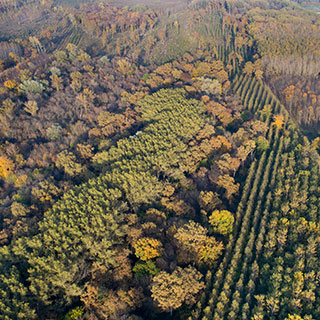
Forest Tree Seedlings
53 products -

Free-range chickens
34 products -

Honey Plants
245 products -

Melliferous Hedge
205 products -

Mountain Gardens plants
194 products -

Plants for agroforestry
120 products -
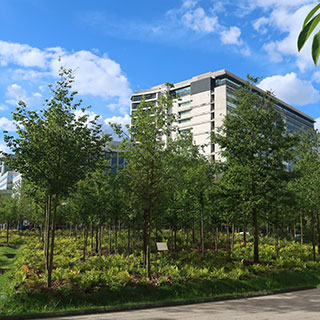
Plants for urban micro-forests
65 products -

Riparian forest
83 products -

Shade trees
51 products -
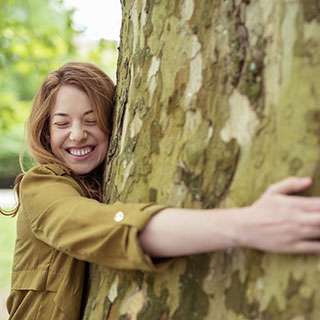
Trees, Mature Trees
153 products
-



